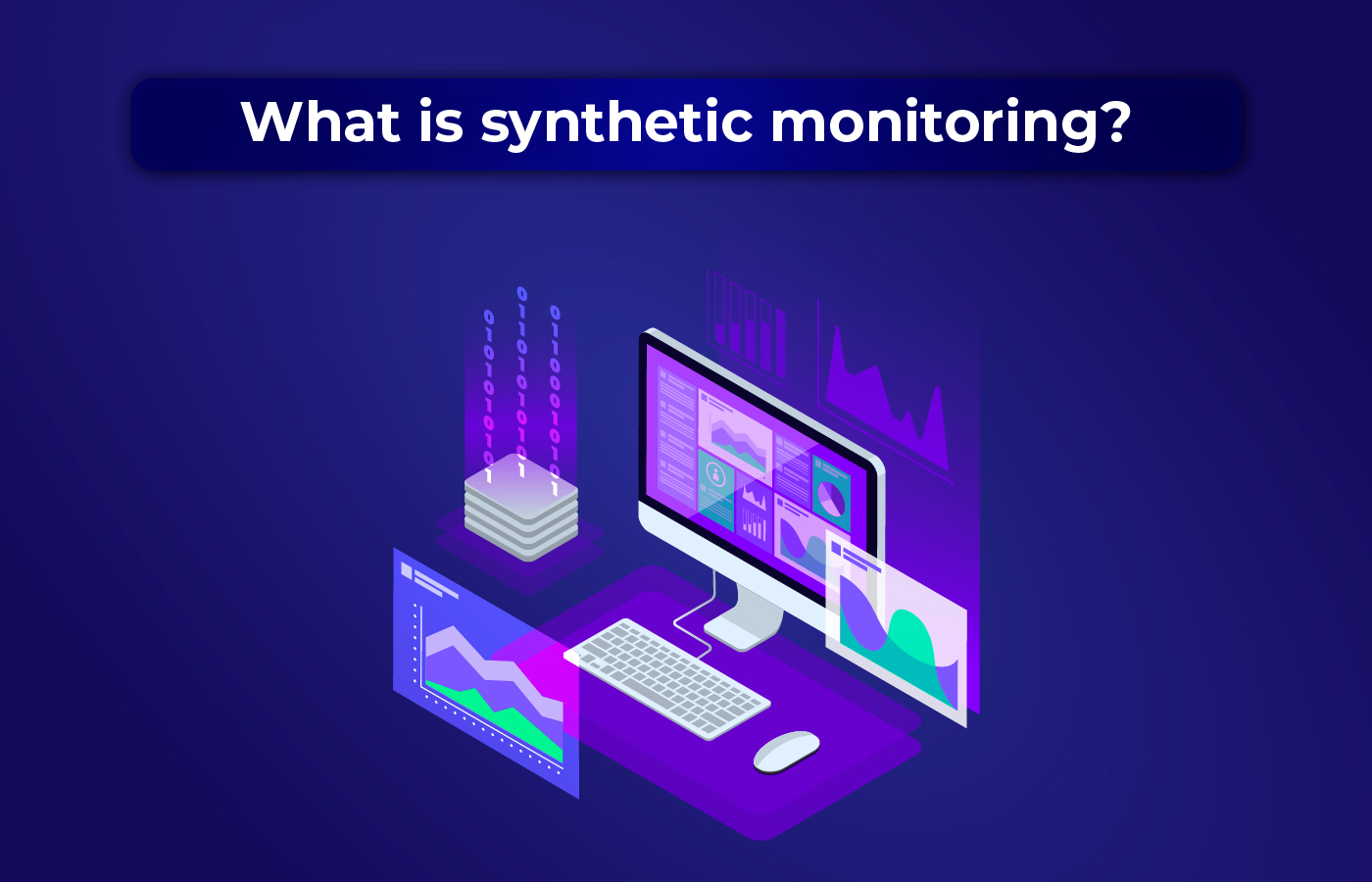


What is Synthetic Monitoring – An Overview
 While the cloud infrastructure technology is very useful to enterprises, the cloud is not a solution for all the problems—especially to maintain visibility across a hybrid IT landscape.
While the cloud infrastructure technology is very useful to enterprises, the cloud is not a solution for all the problems—especially to maintain visibility across a hybrid IT landscape.
An ideal solution is to boost agility while we continue to maintain stability. However, the distribution of applications across cloud and SaaS adds new complications making it difficult to assure the applications are available and performing well. One of the primary reasons is the increase in blind spots because of the hybrid IT landscape.
While technology is crucial for an organization’s growth, rising disruptions leave a deep impact on the user experience and thus the brand value.
To be able to retain a high-performing, secure and reliable network, one needs a complete view across IT domains.
While there are multiple approaches for integrated, below are two approaches that help organizations ensure availability and keep a tab on user experience:n
-
- Real-time user monitoring (RUM)
-
- Synthetic testing/monitoring
What is real-time user monitoring?
Real-time user monitoring (RUM) measures the user experience as and when the users interact with the applications. RUM continually monitors the system in the background for functionality, responsiveness and various other metrics. This approach uses real user traffic to measure performance.
What is synthetic monitoring?
nSynthetic monitoring monitors the applications running in the cloud or on-premises data center. This is very useful to measure availability and response time of websites and applications. This works even without real user traffic.
Benefits of synthetic monitoring for hybrid applications
-
- Proactively identifies problems
-
- Monitors availability and performance 24/7
-
- Portable with the applications
-
- Monitors complex interactions
-
- Objectively measures application SLAs
Our partner, Riverbed Unified NPM, provides both synthetic and real-time user monitoring which gives you a complete performance overview from the user perspective. Riverbed’s synthetic monitoring simulates searching (database) adding items to cart (web application), logging in (identity validation), and more. Riverbed NetIM offers a range of synthetic tests like Ping, DNS, TCP, LDAP, databases, HTTP, and external scripts for creating your tests.
Are you using synthetic monitoring in your hybrid environment? Share your experiences in the comments below.

